Technology Preparation Section (SCI-FT)
The Technology Preparation Section (SCI-FT) has the primary task of the identification and development of the critical enabling technologies required by the next generation of scientific and robotic exploration missions.
Early technology preparation of new missions is essential and, in addition to being central in enabling new mission concepts, is critical in minimising the mission development risks.
The aims of the section are achieved by working closely with the other sections within the Future Missions Office during the assessment and definition study phases of new mission candidates.
There are two major phases in the development of new technologies and the members of the section are responsible for and actively involved in both:
Phase 1. Identification of technology requirements and preparation of technology development plan
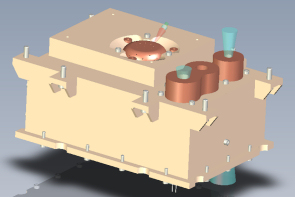 |
| Radiation monitor (RADEM) for the JUICE mission. Credit: EFACEC |
The first step on the path towards addressing the new technology needs of a future mission is the identification of the detailed technical requirements of the mission at both spacecraft and payload levels.
The identification of these requirements draws on both internal and external sources.
Inputs from ESA Concurrent Design Facility studies and ESA technical experts are combined with results from industrial assessment and scientific community/payload consortia studies to yield a complete space segment technology assessment from which new technology requirements can be derived.
The identified technology requirements are reviewed by the ESA Technology Network (TECNET) process where new technology development activity proposals are produced, prioritised on the basis of technological maturity and criticality to mission selection and recommended for inclusion in the next technology development plan.
A comprehensive technology development plan covering the critical elements of the spacecraft, including the science instruments is then produced. The technology plan contains a description of the key technology development activities required and an outline of the work to be undertaken in raising the technology readiness level to an appropriate level within the required timescale. As a general rule, a Technology Readiness Level (TRL) of 5-6 is required, for all space segment elements, at the end of the definition phase prior to adoption of a mission for implementation.
The technology plan is regularly updated to reflect the progress of the activities, the outcome of the assessment studies and the overall evolution of the Science and Mars Robotic Exploration Preparation Programmes. The current version of the Cosmic Vision and Mars Robotic Exploration Preparation (MREP) Technology Plans are available to download from the right-hand menu.
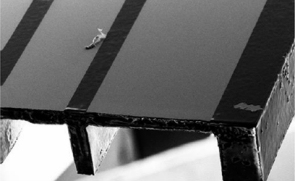 |
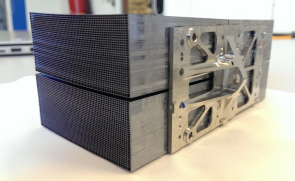 |
|
Silicon Pore Optics (SPO) mirror plate. Credit: DTU Space |
Silicon Pore Optics (SPO) mirror module. Credit: cosine Research BV |
Phase 2. Implementation of technology development activities
The second phase concerns the implementation of the technology development activities identified within the technology plan. Members of the section work closely with other ESA technical experts across all spacecraft technology domains to elaborate on the detailed technical work required to realise the technology developments.
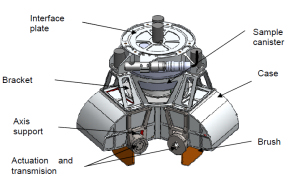 |
| Sampling tool mechanism for low-gravity bodies. Credit: AVS |
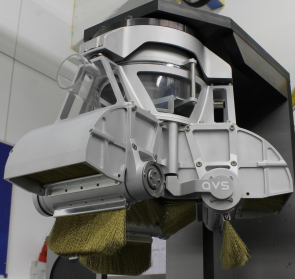 |
| Sampling tool mechanism for low-gravity bodies. Credit: AVS |
The technology development activities for the spacecraft and its sub-systems are the direct responsibility of ESA and the Agency oversees the implementation of the technology development plan by European space industry and institutes.
The technology activities for the Science and Robotic Exploration programmes that are the responsibility of the Agency are primarily funded by the Science Core Technology Programme (CTP) and the Exploration Technology Programme (ETP) as well as the Technology Research Programme (TRP) and where applicable, the General Support Technology Programme (GSTP).
Technology development for the scientific payload is elaborated in cooperation with the Member States, who take charge of the technology development activities for the science instruments they would provide through direct national funding of selected instrument providers. Where appropriate the Technology Preparation Section initiates and steers the development of specific enabling instrument technologies.
The section is currently addressing the technology developments required by the candidate missions for the Cosmic Vision and the Mars Robotic Exploration Preparation Programmes (MREP).
To learn more about the Cosmic Vision technology development activities follow the link to 'Technology development in support of future science missions' in the right-hand menu.
To learn more about the Robotic Exploration development activities follow the link to 'The Robotic Exploration Technology Developments' in the right-hand menu.
